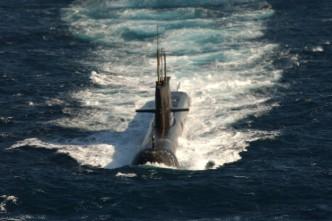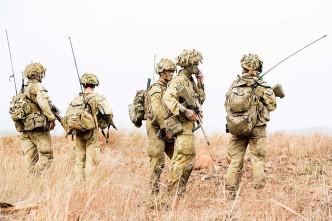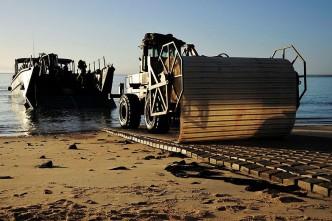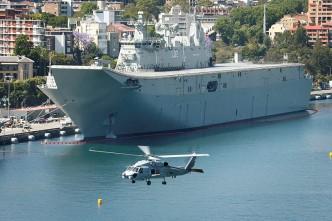The future submarine project is heating up, with the government due to choose from the three competing bidders in a few months’ time. All of the current press attention seems to be focused on the …
One of the questions I’m sometimes asked is ‘why do we call 6,000 ton warships frigates’? The implicit assumption behind the question is that the frigates of the past were vessels of modest size, and …
When commentators argue that the government should determine the designer and builder of the Future Submarine Program (FSP) via a competitive Project Definition Study (PDS), they seem to forget—or don’t know—that the SEA 1114 PDS …
According to the newspapers, the government’s Competitive Evaluation Process (CEP) for the Collins replacement yielded bids of between $10 and $12 billion for eight boats, with the price for 12 boats below $15 billion. Delighted …
With the Government confirming that it has received three proposals under the future submarine competitive evaluation process (CEP) it’s worth considering where we’re headed. There’s a consensus emerging among analysts and commentators that the CEP …
Last week Prime Minister David Cameron unveiled the UK’s latest Strategic Defence and Security Review (SDSR). As usual it was numbers in terms of money and kit that caught the media’s attention. But the bigger …
A significant amount has been written about the looming defence maritime mega projects—SEA 1000 (Future Submarine) and SEA 5000 (Future Frigate). Each of these projects has been subjected to intense scrutiny due to the Abbott …
2015 is the year that saw Government announce that Continuous Shipbuilding will be a permanent feature in the nation’s industrial landscape – surely, this is not an outlandish notion for a maritime nation. To understand …
The keel-laying ceremony held last week for the third destroyer, Sydney marked significant progress for the Air Warfare Destroyer Alliance. This is the latest in a series of important achievements across the project with this …
The third paper in our Capability Snapshot series was released today. (The fourth, looking at the ADF’s C4ISR networks and capability, will come out next year as part of a larger piece of work.) In …
I read with great interest a recent article by Paul Dibb titled ‘How to plan for [an] ADF without [a] territorial threat’. I am of the 1986 Dibb Report and subsequent Beazley White Paper generation. …
This week’s release in the ADF capability snapshot series takes a look at the Royal Australian Navy. (Here’s a link to last week’s RAAF paper.) Again, there’s a lot more good news than bad in …











